

Designing engaging outdoor learning spaces offers stimulating resources and rich play-based learning opportunities that cater to all children’s interests, capabilities, cultures, and communities. The following article provides information on Physical Features Of Outdoor Spaces, Characteristics Of Outdoor Learning Spaces, Consideration For The Design Of Outdoor Spaces, Roles Of Adults In The Outdoor Learning Spaces and more.
Environmental print refers to the print that children see in their everyday environment, such as signs, logos, labels, and symbols. The following article provides information on Benefits Of Environmental Print, Incorporating Environmental Print in Early Childhood Settings, Examples Of Environmental Print, Activities Related To Environmental Print, Linking To The EYLF and more.
Anti-bias education in early childhood is about creating an inclusive environment where all children feel respected, valued, and empowered. The following article provides information on, Helping Children Through Bias, How Anti-Bias Education Can Be Implemented, Anti-bias Framework, How To Create An Inclusive Environment, Using Language That Avoids Stereotypes and more.
Developed in northern Italy after the Second World War, the Reggio Emilia is a child-centred approach to early childhood education. It puts a child’s sense of self-worth and agency at the heart of its pedagogical ideas and its practices are aimed at nurturing children’s multiple capabilities. The following article provides information About Reggio Emilia, The Reggio Emilia Environment, The Reggio Curriculum, Role Of The Educator, Principles and Practices and more.
Early education care services are increasingly making bush kinders part of their educational programs. These involve excursions to sites in the midst of nature and away from structured service settings. The following article provides information about the Benefits of Bush Kinders, Supervision, Planning and more.
Auditory learning is a crucial aspect of early childhood education, as it helps children develop language, listening, and communication skills. The following article provides information on How To Identify Auditory Learners, Characteristics of Auditory Learners, Strategies to Support Auditory Learners, and more.
Children like adults are usually predisposed to a particular way of processing information. Those who best do this by experiencing it or acting it out are known as tactile learners. A learning style that helps kids physically touch or try something in order to learn the concept best is known as tactile learning or kinaesthetic learning. The following article provides information on identifying tactile learners and how to use tactile learning within the learning environment.
Self-regulation can be understood as a suite of skills needed to control and manage one’s own emotions and behaviours in a wide range of setting. Learning self-regulation in the early years has been consistently linked to not just better adjusted adults but also higher levels of academic achievement in later life. The following provides strategies to support children’s self-regulation in the learning environment.
At its simplest, numeracy is the knowledge, disposition and confidence to use mathematics in day-to-day life. While it is easy to think of mathematics only as complex statistical and algebraic concepts, the fact is children are already using basic mathematics while negotiating the world around them. The following article is on developing number sense and strategies to teach numeracy in early childhood.
Sensory processing is the effective understanding of various environmental stimuli through the sense organs and their corrective interpretation in one’s brain. The following article provides strategies on how you can help improve sensory processing in the early childhood learning environment.
 Open ended questions cannot be responded to with one word answers such as yes or no. These types of questions enables a child to provide… Read More
Open ended questions cannot be responded to with one word answers such as yes or no. These types of questions enables a child to provide… Read More
 During your child’s preschool years, an important milestone begins to emerge. This is the development of pre-writing skills. Pre-writing skills are used to encourage, develop… Read More
During your child’s preschool years, an important milestone begins to emerge. This is the development of pre-writing skills. Pre-writing skills are used to encourage, develop… Read More
 Open ended materials enables children to play freely. They are objects that have no rules to follow, use or function. Raw materials that can be… Read More
Open ended materials enables children to play freely. They are objects that have no rules to follow, use or function. Raw materials that can be… Read More
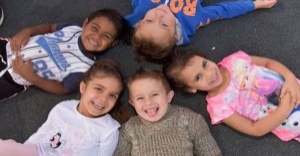 An Acknowledgment of the Country is a way of showing respect for the Traditional Owners and can be given by both non-Indigenous people and Aboriginal… Read More
An Acknowledgment of the Country is a way of showing respect for the Traditional Owners and can be given by both non-Indigenous people and Aboriginal… Read More
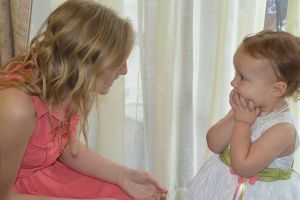 Language plays an important role in a child’s development. It enables a child to communicate effectively with their family, learn at school, socialize with friends,… Read More
Language plays an important role in a child’s development. It enables a child to communicate effectively with their family, learn at school, socialize with friends,… Read More
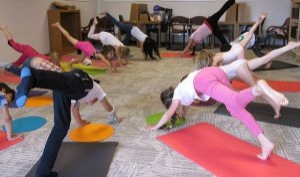 Like adults, children have to deal with their own stress in life. Moving house, starting a new school, preparing for a new sibling - these are… Read More
Like adults, children have to deal with their own stress in life. Moving house, starting a new school, preparing for a new sibling - these are… Read More
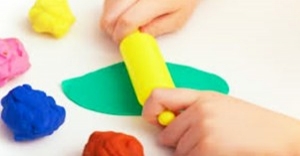 Playdough is such a versatile material. It provides numerous benefits to children as they manipulate it, it is safe and soothing and provides children with… Read More
Playdough is such a versatile material. It provides numerous benefits to children as they manipulate it, it is safe and soothing and provides children with… Read More
 Teaching children about sustainability enables them to appreciate and respect the natural environment. Early childhood services can provide meaningful hand on learning experiences in order… Read More
Teaching children about sustainability enables them to appreciate and respect the natural environment. Early childhood services can provide meaningful hand on learning experiences in order… Read More
 Recycling is an important concept that teaches children to care for the environment. It encourages children to be responsible and show a growing appreciating for… Read More
Recycling is an important concept that teaches children to care for the environment. It encourages children to be responsible and show a growing appreciating for… Read More
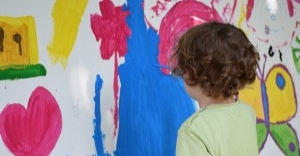 When children apply paint to paper, glue things together, or pound a lump of clay, they experiment with colour, shape design and texture.
Read More
When children apply paint to paper, glue things together, or pound a lump of clay, they experiment with colour, shape design and texture.
Read More

The Kindness Curriculum presents activities designed to build the attributes of empathy, gratitude, perspective, honesty...
See more...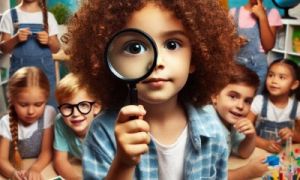
Inquiry-based learning in early childhood is a powerful approach that nurtures children's natural curiosity and...
See more...
If you need to report an early childhood service, there are clear steps you can...
See more...© 2009-2025 Aussie Childcare Network Pty Ltd. All Rights Reserved.

